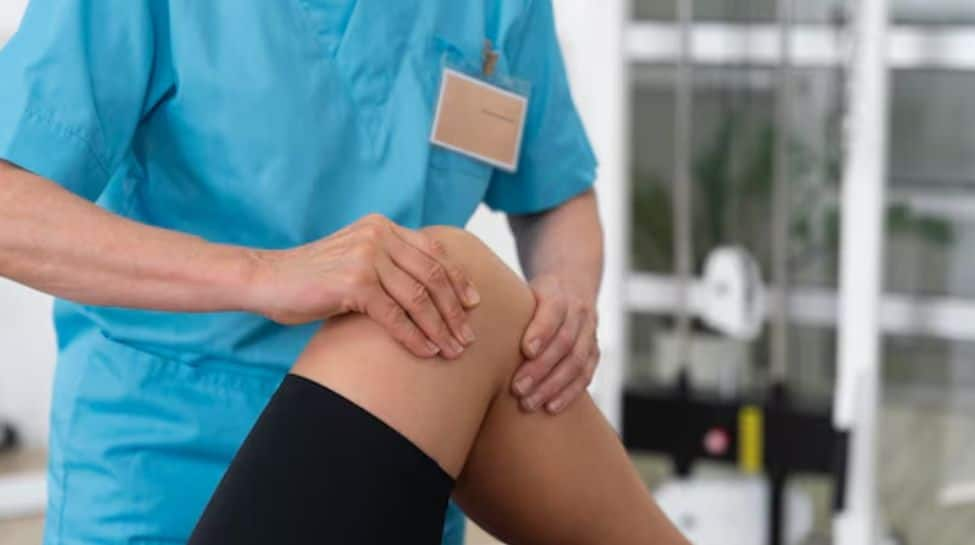Knee pain is one of the common and debilitating issues among senior citizens, often resulting from conditions like osteoarthritis, sometimes accompanied by excessive weight strain on the knees. Robotics has transformed the global healthcare industry and its impact in surgical space is particularly valuable. While conventional knee replacement surgeries have been known to be effective over the last three decades, robotic-assisted technology allows improved surgical precision, smaller scarring, faster recovery, and better patient outcomes shared by Dr. Amit Nath Misra, Director and HOD- Orthopedics & Joint Replacement, Yatharth Super Speciality Hospital, Greater Noida.
Knee pain reduces mobility and has a major negative influence on quality of life. One of the main causes is osteoarthritis, which is characterized by the deterioration of both the underlying bone and the cartilage. It is anticipated that as the population ages, knee osteoarthritis cases will rise, increasing the need for long-lasting and efficient treatment options for senior citizens.
If diagnosed in the early stages, arthritis symptoms can be well managed with medication and lifestyle modifications. However, when all conventional treatments fail to provide long-term pain relief, knee replacement is the last resort for severe arthritis patients to restore mobility and improve quality of life.
Today, with the help of robotic arm-assisted technology, surgeons can design and perform surgeries with precision. The 3D mapping of the patient's knee anatomy allows surgeons to pre-plan the surgery, even before entering the operation theatre, for precise alignment of implants, minimizing errors and optimizing outcomes.
When compared to traditional joint replacement surgery, patients undergoing robotic arm-assisted surgery recover faster and spend less time in the hospital. Research also indicates that robotic arm-assisted joint replacement patients have better long-term outcomes and reduced implant revision rates, highlighting the effectiveness of this technique.
How Robotic Arm-Assisted Surgery Helps Senior Citizens?
• Better planning and precision: Robotic technology provides a patient-specific pre-op plan, that can be adjusted intraoperatively enabling flexibility to the surgeon. This pre-planning along with haptic technology allows surgeons to execute the surgical plan with precision and accuracy.
• Less post-op pain: Robotic surgery's precision reduces damage to surrounding tissues, preserves more natural bone and soft tissues and smaller incision v/s conventional surgery which in turn reduces post-operative pain, allowing senior citizens to focus on rehabilitation and regaining mobility sooner.
• Faster recovery and quicker discharge: Robotic surgery employs less invasive techniques that result in less blood loss and faster recovery, enabling quicker discharge for patients. A shorter hospital stay lowers the chance of elderly patients contracting infections from hospitals and other issues linked to extended hospital stays.
• Improved surgical outcomes: The combination of precision, reduced trauma, and enhanced recovery results in better surgical outcomes, improving the quality of life for senior citizens.
















